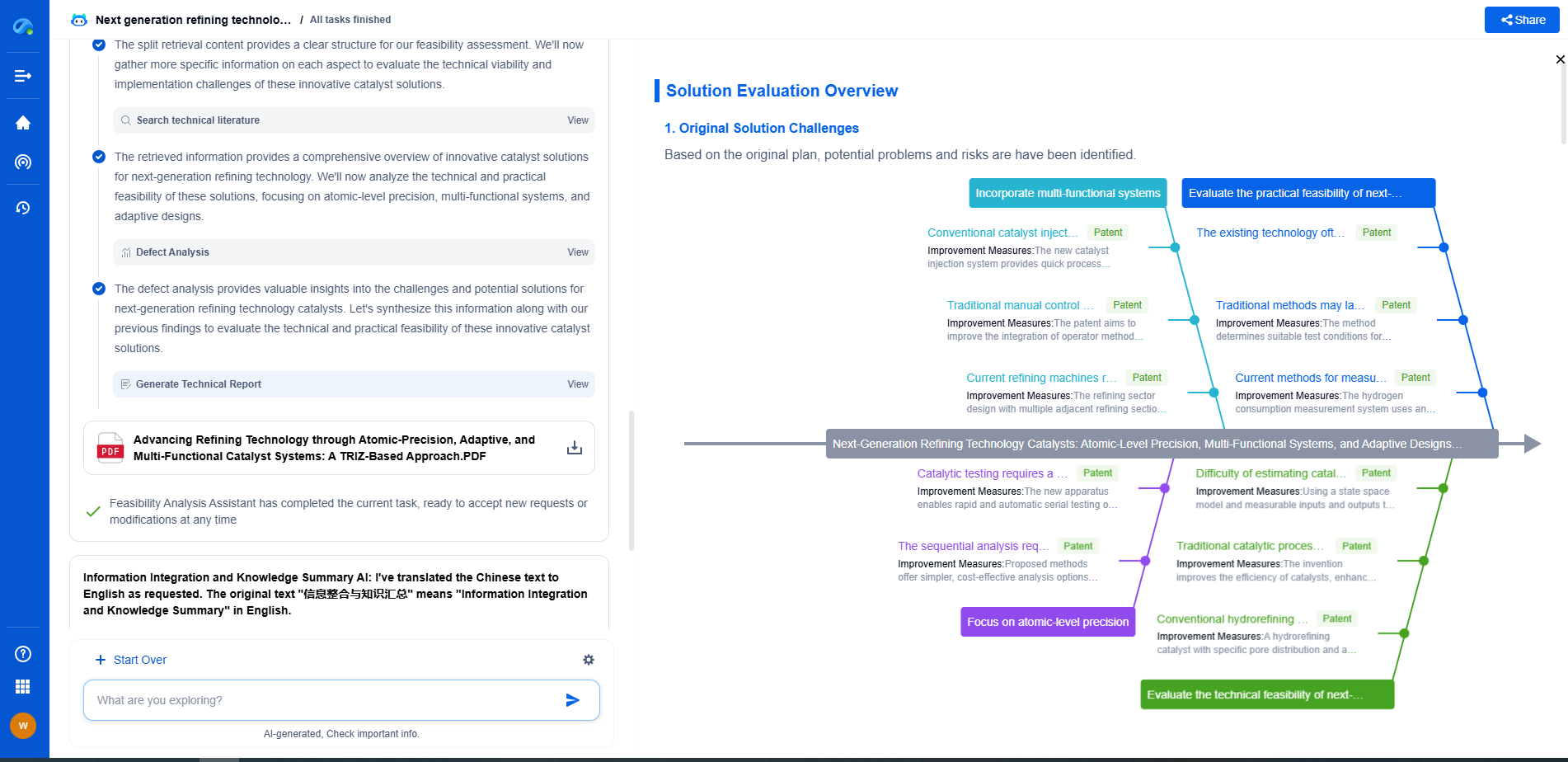Frequency is the number of complete oscillations or cycles of a periodic wave that occur per unit of time, measured in Hertz (Hz). In physics and engineering, it quantifies how often a repeating event (such as a sound wave, alternating current, or electromagnetic wave) occurs in one second. For example, 50 Hz AC power completes 50 cycles per second. Frequency is fundamental in characterizing signals, vibrations, and wave phenomena across electrical systems, acoustics, and communications.
The Role of Hertz (Hz) in Measuring Frequency
One Hertz (Hz) equates to one cycle per second. In the context of sound, for example, the frequency describes the pitch. A higher frequency results in a higher pitch, and a lower frequency results in a lower pitch. In electronics and communication, frequency is used to describe the rate at which an alternating current changes direction per second. Understanding frequency is crucial in designing circuits, creating communication networks, and various applications in technology and science.
Exploring Kilohertz (kHz)
Kilohertz (kHz) represents one thousand Hertz and is often used to measure frequencies of sound and radio waves. For instance, the human ear typically perceives sound frequencies ranging from 20 Hz to 20 kHz. This range encompasses most musical notes and the fundamental frequencies of everyday sounds. Radio stations also use frequencies in the kilohertz range, particularly those on the AM band. By utilizing specific frequencies, these stations can broadcast their signals without interference from neighboring frequencies.
Delving into Megahertz (MHz)
Megahertz (MHz) is equivalent to one million Hertz. This unit is commonly used in radio, television, and cellular communications. FM radio stations, for example, operate within the 88 to 108 MHz range. Each station is allocated a specific frequency within this band to avoid overlapping signals. In computing, MHz was traditionally used to measure the clock speed of a computer's processor, indicating how many cycles per second the processor could perform. Although GHz has largely replaced MHz in modern computing, MHz remains a crucial unit in understanding older technology and certain applications.
Understanding Gigahertz (GHz)
Gigahertz (GHz) is one billion Hertz and is primarily used to describe the frequencies of microwave and satellite communications, as well as modern computer processors. For instance, many modern CPUs operate in the range of 2-4 GHz, which allows them to perform billions of cycles per second. Wireless networks, like Wi-Fi, also utilize frequencies in the GHz range to transmit data quickly and efficiently.
Comparing Hz, kHz, MHz, and GHz
The primary difference between these units lies in their scale. They all measure frequency, but they do so in increasing orders of magnitude:
1. Hertz (Hz): The standard unit for frequency, measuring cycles per second.
2. Kilohertz (kHz): 1,000 Hz, used for audio frequencies and AM radio.
3. Megahertz (MHz): 1,000,000 Hz, applied in FM radio, TV broadcasts, and processor speeds.
4. Gigahertz (GHz): 1,000,000,000 Hz, used in satellite communications, modern processors, and Wi-Fi.
The practical application of these units varies according to the context and the technology in use. Understanding these differences is key to grasping how devices and systems operate across various domains.
The Importance of Frequency in Technology and Everyday Life
Frequency plays a critical role in technology and everyday life. It dictates how we transmit information, whether through sound, radio waves, or data signals. Higher frequencies allow for faster data transmission and more precise information encoding, which is why advances in technology often push toward using higher frequencies.
In everyday life, frequency affects the sounds we hear, the images we see on television, and the data we transmit over the internet. It shapes the design of electronic devices, the efficiency of communication systems, and the evolution of computing technologies.
Conclusion
Frequency is an essential concept that impacts various aspects of technology and daily life. Understanding the differences between Hertz, kilohertz, megahertz, and gigahertz can help demystify the operations of numerous devices and systems that we rely on daily. As technology continues to advance, an appreciation for how frequency is used will remain crucial in navigating an increasingly complex world.
What Is Frequency? Difference Between Hz, kHz, MHz, and GHz
JUN 27, 2025 |
Empower Your Breakthroughs in Basic Electric Components with Patsnap Eureka
From resistors, capacitors, and inductors to fuses, connectors, superconductors, and nano-scale materials—basic electric elements may be the building blocks of modern electronics, but the innovation behind them is anything but simple. As device miniaturization accelerates and materials science pushes new frontiers, R&D and IP teams face increasing complexity in staying on top of technical advancements, patent activity, and competitive landscapes.
Patsnap Eureka, our intelligent AI assistant built for R&D professionals in high-tech sectors, empowers you with real-time expert-level analysis, technology roadmap exploration, and strategic mapping of core patents—all within a seamless, user-friendly interface.
🔧 Whether you’re optimizing energy storage, improving thermal resistance, or creating the next leap in circuit efficiency, Patsnap Eureka is your AI copilot for high-efficiency, high-precision R&D and IP strategy.
👉 Experience how Patsnap Eureka can revolutionize your R&D and IP strategy. Request a demo today and power up your next breakthrough.
- R&D
- Intellectual Property
- Life Sciences
- Materials
- Tech Scout
- Unparalleled Data Quality
- Higher Quality Content
- 60% Fewer Hallucinations
Browse by: Latest US Patents, China's latest patents, Technical Efficacy Thesaurus, Application Domain, Technology Topic, Popular Technical Reports.
© 2025 PatSnap. All rights reserved.Legal|Privacy policy|Modern Slavery Act Transparency Statement|Sitemap|About US| Contact US: help@patsnap.com

